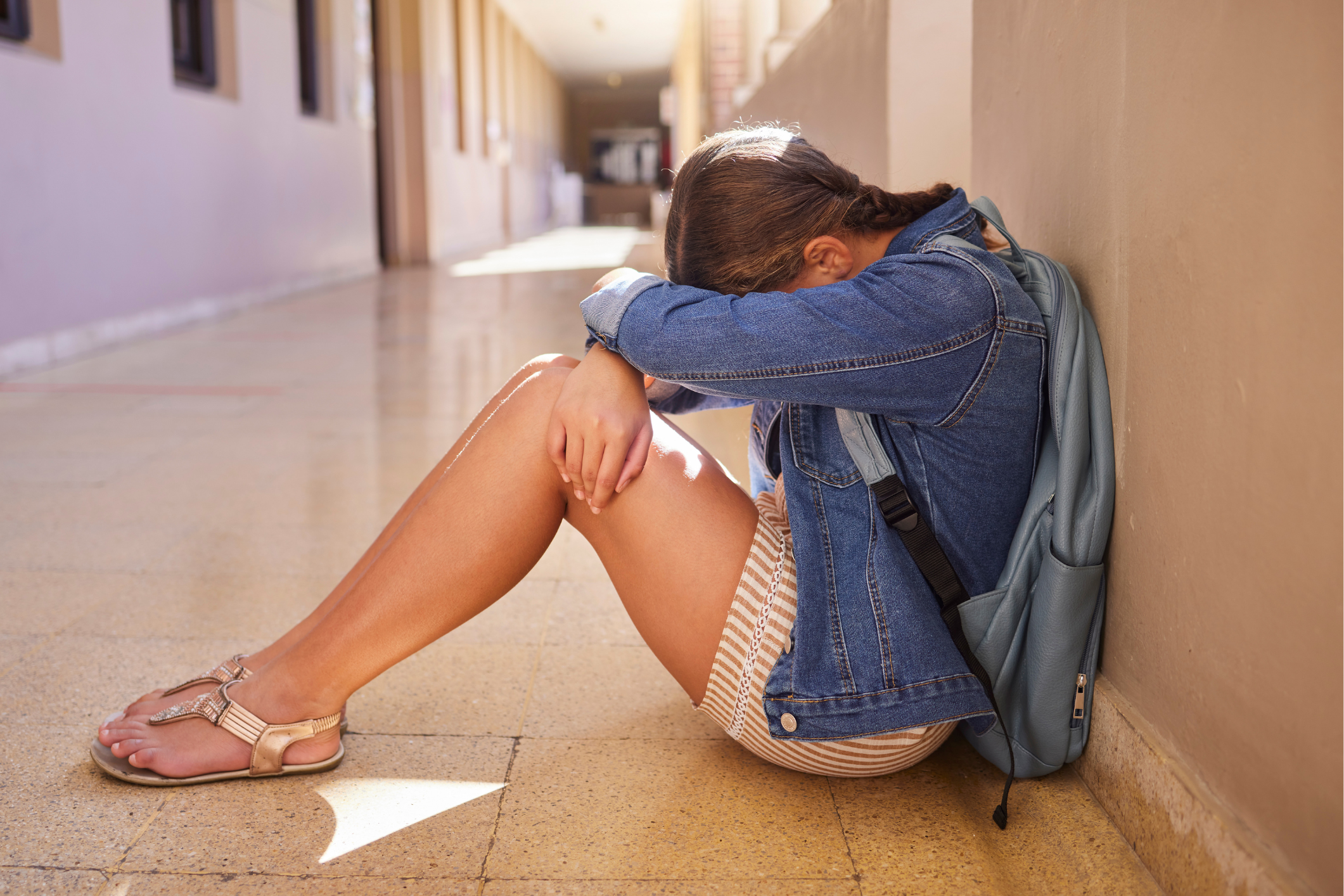
Should Schools Implement Child Trafficking Prevention Education?
 Florida recently became the very first state to require its schools to educate students on the dangers of human trafficking. According to a recent press release from the Florida Department of Education (FDE), ”The State Board of Education unanimously approved a new rule requiring education in child trafficking prevention for students in grades K-12. With this approval, Florida will be the first state in the nation to address the need for instruction in child trafficking prevention. The new rule also establishes procedures for school districts to plan and document delivery of the required instruction.”
Florida recently became the very first state to require its schools to educate students on the dangers of human trafficking. According to a recent press release from the Florida Department of Education (FDE), ”The State Board of Education unanimously approved a new rule requiring education in child trafficking prevention for students in grades K-12. With this approval, Florida will be the first state in the nation to address the need for instruction in child trafficking prevention. The new rule also establishes procedures for school districts to plan and document delivery of the required instruction.”
Children across the world spend time online or have access to the internet through computers and ‘smart’ devices. Unfortunately, however, many of them are unaware of the risks that come with having a presence online and do not understand how dangerous it is to connect with people they do not actually know in person. The FDE also states that “up to 70 percent of sex trafficking and exploitation begins with predators connecting with youth online.” Children are in contact with strangers at some point every day, allowing them to be exposed to those who may want to cause them harm. It is essential that students understand the potential dangers and how to take safety measures inside and outside of school. If all students were educated on the warning signs and the prevention of human trafficking, they would be more aware of their surroundings, and understand how to use social media and the internet securely.
The state of Florida has required that all K-12 schools come up with a plan on how to educate children on child trafficking and implement the new curriculum by December 1st, 2019. Students should feel at ease when they are in school, but also be aware of what is happening in the world around them, and understand how to prevent such horrific acts from occurring to them.
Schools should consider having a safe space where students can go and speak to the school counselor about any situation they have felt uncomfortable about, and be able to discuss the warning signs of being exploited. There is no perfect profile for what a human trafficker looks like or acts like, which is why it is important to educate all students on different scenarios and situations so they understand that when something doesn’t feel right, they need to communicate that to their parents, peers, and counselors.
Overall, schools across the globe should consider implementing this type of curriculum and recognize the signs that a student may be interacting with a human trafficker. The majority of people trafficked are children from K-12 schools. It is vital that administrators, teachers, and students are all aware of the behavioral traits, scenarios, and personalities of a human trafficker to keep the school safe, making the overall safety of the students a priority.

